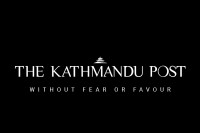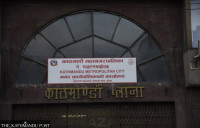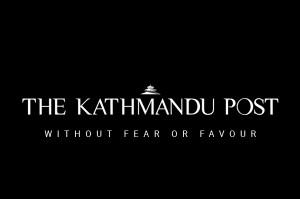Valley
KMC starts goat sale monitoring
Officials say they will inspect around 35,000 to 40,000 goats during the campaign
KMC officials, as part of a campaign that began on Monday, have already inspected around 3,500 goats in Bagbazar-Tukucha and Kalanki, the major areas for goat traders. The metropolis examined the health status of 913 live animals in Bagbazar, while 2,578 goats were inspected in Kalanki. Of these, about a dozen goats were found unhealthy and are kept under observation.
Starting from Ghatasthapana, the metropolis is set to expand its monitoring in Balaju Bypass, Koteshwor-Tinkune and Baneshwor-Bijulibazar areas as well. “From Thursday, we plan to make our campaign more effective as more goats will arrive in the city by then,” said Narendra Bajracharya, an official at KMC’s Public Health and Social Welfare Department. “The campaign will continue till the end of this week,”
he said.
As Kathmandu is the major market for meat products, thousands of goats are brought into the Valley from across the country as well as India during the Dashain festival. The metropolis officials, who have been conducting such monitoring for the past three years, paint the horns of goats—green for healthy and red for unhealthy ones.
This year the KMC plans to provide necessary medication for unhealthy animals kept under its observation. In the past, traders had to purchase medicines from the deployed teams. The unhealthy goats with red horns will be kept under medical observation for 24 hours. If they recover, the goats will be declared edible and re-painted green.
The KMC, in cooperation with District Livestock Services Office, Nepal Food Corporation and Nepal Agricultural Council, will give goats a final check and categorise them. To carry out the job, the metropolis has formed four groups. The monitoring teams consist of experts, including doctors, veterinarians and administrative officials.
Besides, the metropolis has also been monitoring slaughter houses to control irregularities. Traders estimate that 50,000 to 60,000 goats, including mountain goats, will be consumed in the Valley during this year’s festival. KMC officials said they will inspect around 35,000 to 40,000 goats during the campaign.




 23.3°C Kathmandu
23.3°C Kathmandu










